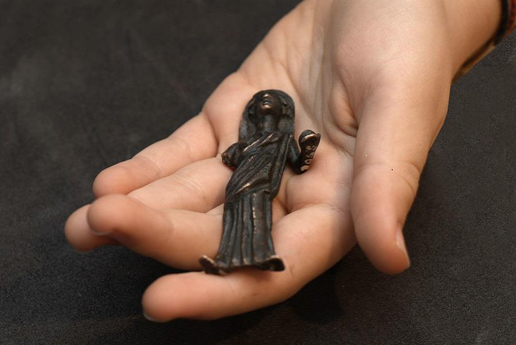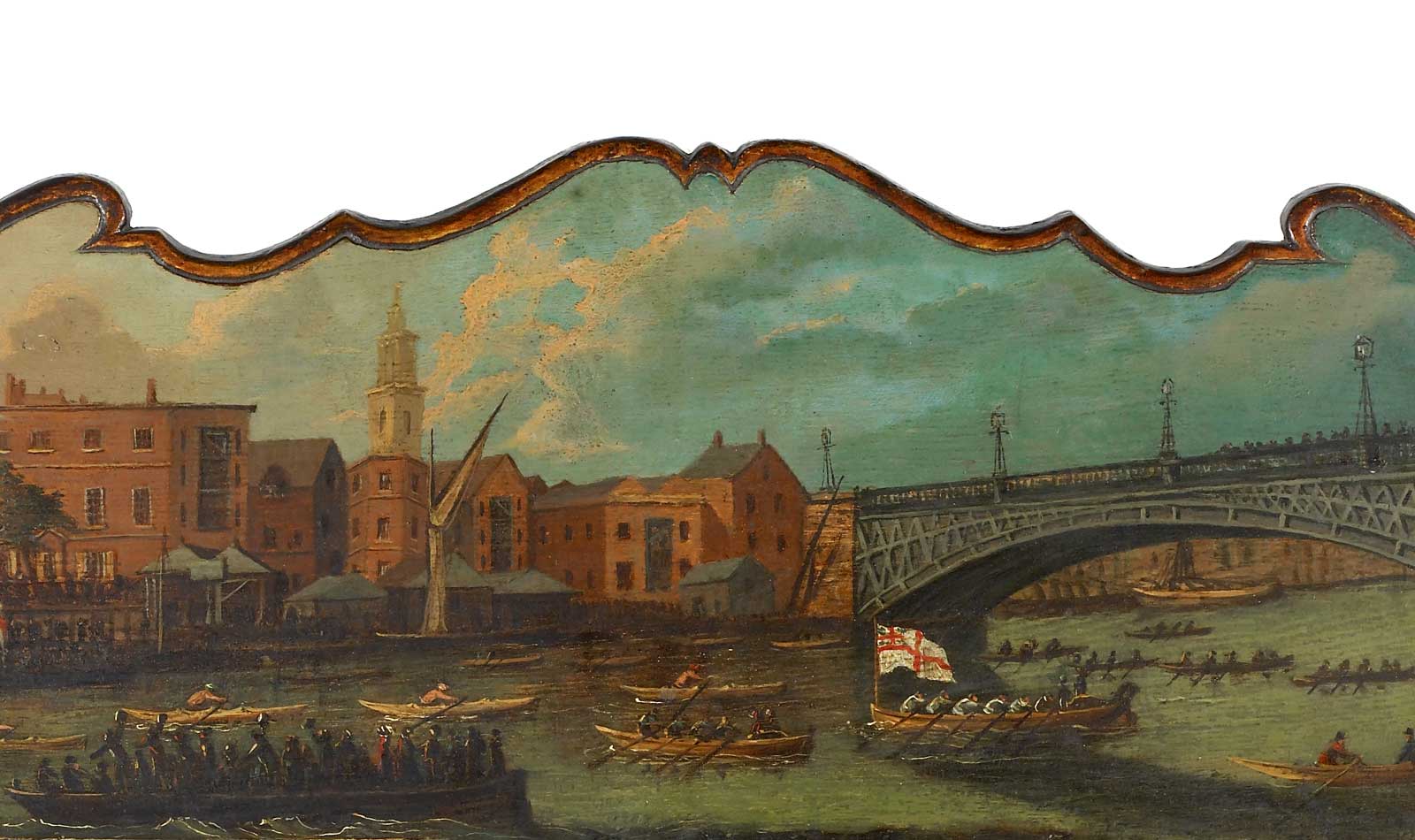City and River
1800-1840
The gallery is open during the museum's normal hours:
The gallery is on the second floor and can be accessed by lift.

From gallery tours and object handling to kids' sessions, there's always something to do at Docklands.
Plan your visit

The museum holds extensive records and objects from London's docks.
Explore our collections